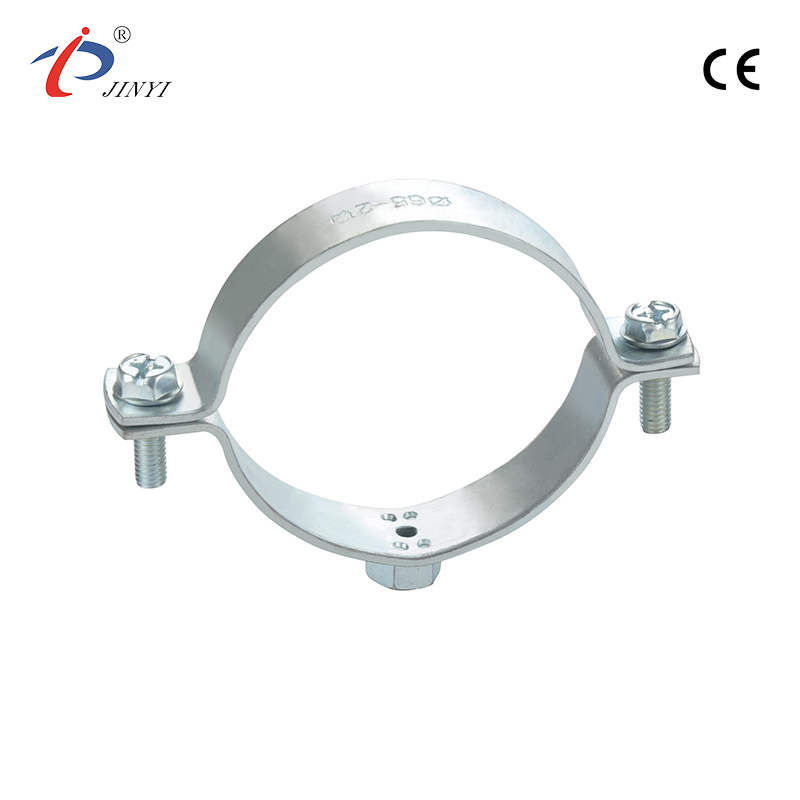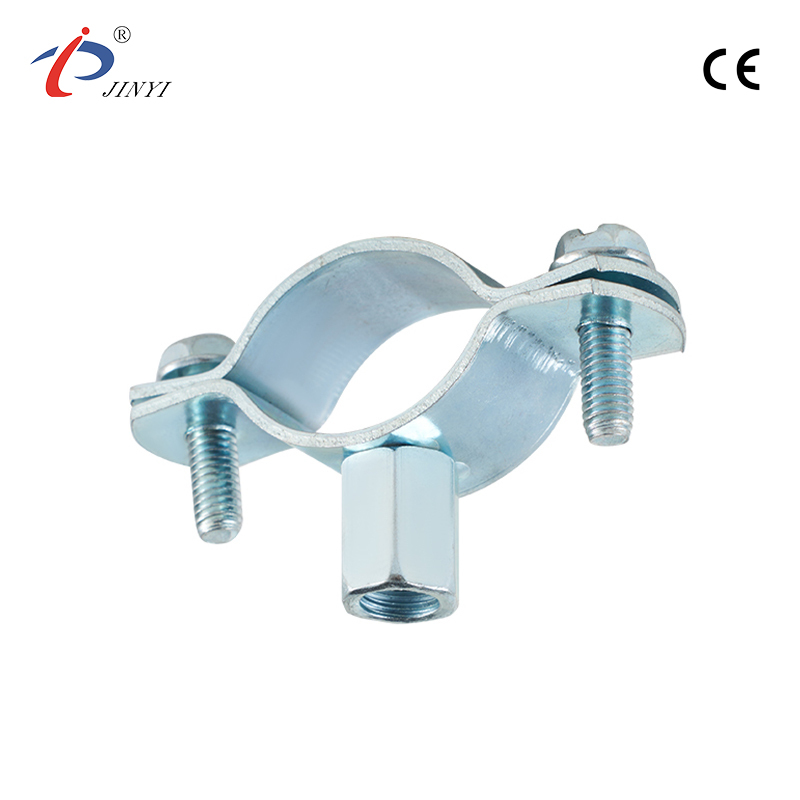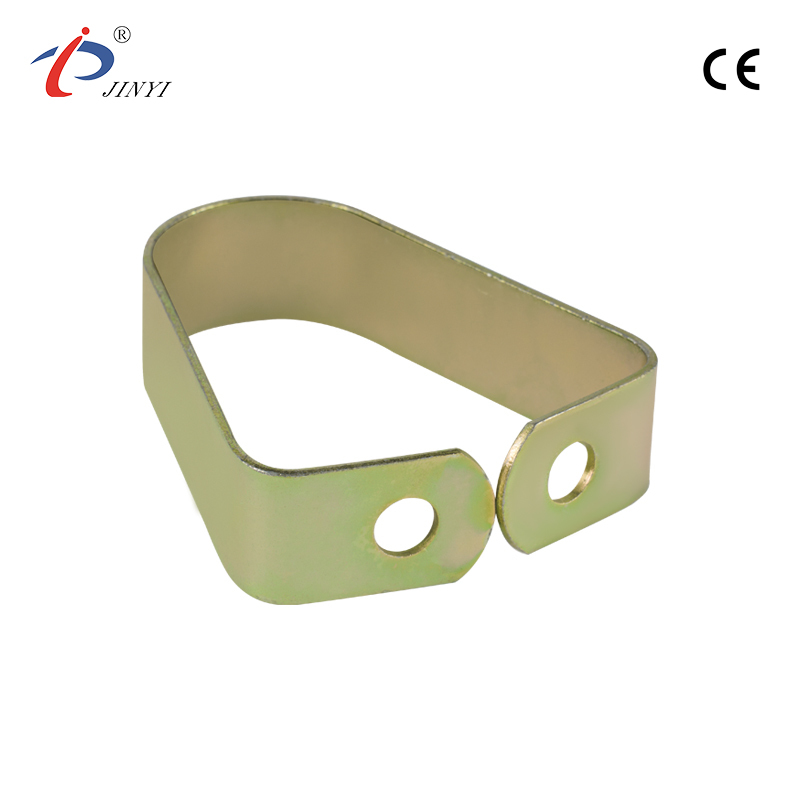How to Choose the Right Shower Bases Support Frame for Tile Floorings
2025-10-06
Selecting a shower bases support frame for tile floorings involves more than simply picking a piece of hardware. This component plays a role in maintaining balance, protecting the integrity of the surface, and ensuring comfort for daily use. With tile flooring, specific considerations come into play because tiles are rigid and can shift or crack without proper distribution of weight. Understanding these factors makes it easier to select a frame that suits the structure of the bathroom environment.
The Role of Support Frames in Tiled Bathrooms
A support frame provides a foundation beneath the shower base, keeping it level and preventing pressure points from forming underfoot. Tiles, while durable, are not forgiving if a load is uneven. By spreading the weight evenly across the subfloor, a frame helps maintain the integrity of the tile installation. This balance not only protects the flooring but also enhances the stability of the shower base during daily use.
Considering the Subfloor and Tile Setup
The type of subfloor beneath the tiles influences frame selection. Wood subfloors may require a frame that adds rigidity, while concrete surfaces might call for anchoring techniques to prevent shifting. It is important to assess whether the tile has been installed with adequate underlayment, as this will affect how much support is needed. Taking these details into account helps ensure the system remains stable.
Alignment and Leveling
One of the challenges in bathrooms with tile flooring is ensuring a level surface. Even slight irregularities in the floor can affect drainage or create gaps between the base and tiles. Many frames are designed with adjustable points to correct uneven areas. This adaptability makes it easier to align the shower base correctly, helping water flow toward the drain as intended and reducing stress on the tiled surface.
Material Choices for Frames
Support frames are made from various materials, such as coated steel, aluminum, or reinforced plastic. Each option has strengths related to durability, resistance to moisture, and ease of installation. For tiled floors, choosing a frame that resists corrosion is important, as bathrooms often experience high humidity. A frame with protective finishes can prolong its life and reduce long-term issues.
Space and Design Considerations
Bathrooms vary in layout, and the choice of frame may depend on available space. Compact bathrooms benefit from frames that do not require extra clearance, while larger rooms may allow for systems with additional reinforcement features. Tile finishes, grout lines, and the overall design of the bathroom can also influence how the frame integrates into the setting.
Maintenance and Long-Term Performance
After installation, regular checks ensure the frame continues to perform as intended. Inspecting anchor points, verifying that the base remains level, and addressing any early signs of wear are practical steps. In tiled bathrooms, preventing water from seeping beneath the base is crucial, so maintaining seals and ensuring no gaps form around the perimeter contributes to longevity.
Practical Tips for Selection
Evaluate the type of tile and subfloor before choosing a frame.
Look for corrosion resistance to handle bathroom moisture.
Ensure the frame allows for leveling adjustments if the floor is uneven.
Confirm that the frame design matches the size and shape of the shower base.
Consider ease of maintenance, especially around sealed edges and anchor points.
Choosing a support frame for shower bases on tile floorings is about finding balance between function, durability, and compatibility with the existing bathroom setup. By considering the flooring type, structural conditions, and environmental factors, property owners can make decisions that support long-term stability and reduce maintenance needs. A thoughtful approach not only preserves the integrity of the tiles but also ensures the shower space remains functional and comfortable for everyday use.



 русский
русский  Español
Español 









